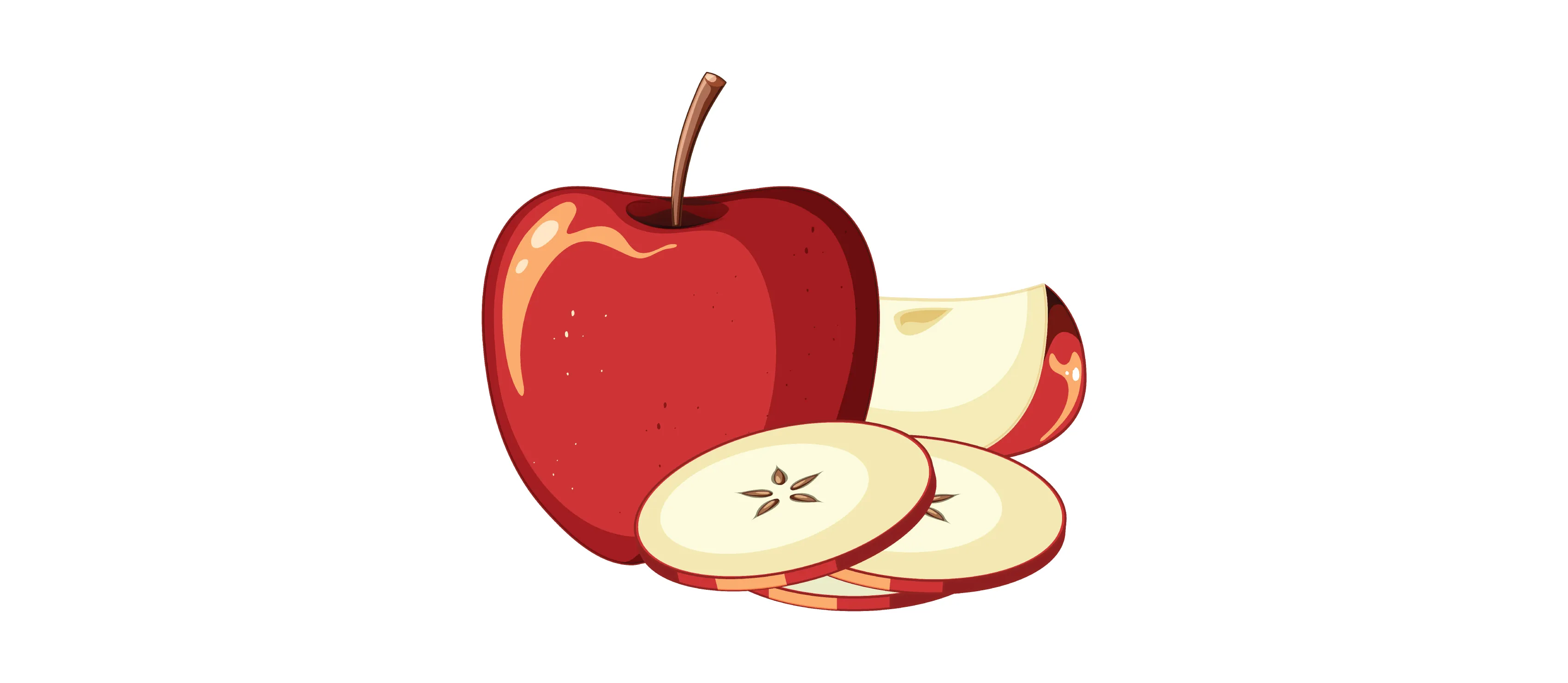3 min read
Core stability is as important in everyday life as well as in our yoga classes. There are many benefits of strengthening the different areas of the core centre including, lowering your risk of back pain, improving your balance, finding a good posture, performing everyday tasks more easily and in yoga being able to hold your poses longer and stronger.
Our core strength is the foundation of a strong, healthy body. The core muscles are responsible for, stabilising the spine, maintaining balance, and supporting movement throughout the body. In our yoga, core strength is essential for maintaining proper alignment and performing more challenging poses.
Last month we looked at different areas of the body that make up the core centre. Sometimes we don’t realise that there’s so much more to the core centre than just our abdominal muscles. This month will be continuing the theme from last month and look at a few other areas of the body that we can focus on for improving our core strength.
Connection To Our Core Centre
Week 1 - Transverse Abdominis or (TA)
Located below the obliques is the transverse abdominis (TA), a horizontal band of muscle that runs side-to-side from the rib cage to the pelvis and basically holds the contents of the abdomen in place. The transverse abdominis, the deepest abdominal muscle, wraps around the lower torso supporting the internal organs. It is considered a prime core stabilizer as it runs from the hip bones up to the ribs. It also connects to the diaphragm, assisting in inhalation. Learning how to engage the deepest abdominal muscle, the transverse abdominus, is important.
Week 2 - The Quadratus Lumborum (QL)
This is a deep stabilizing muscle that connects the upper body with the lower body. This muscle plays a key role in good posture and influences the curvature of the spine. It runs vertically from the lower ribs to the pelvic crest. We can connect to it in yoga through side bends, and twisting poses and find a connection through our breath through allowing a full expansion of the diaphragm. By strengthening your core, you will help to support your QL.
Week 3 - Psoas Major (Hip Flexor)
This muscle originates at the outside of the lumbar spine, runs across the pelvis along the inside of the pubic bone, and attaches to the inner thigh bone. A very deep, strong and large muscle that we use without paying much attention to when we walk, sit, stand. We flex it in a forward bend, and we extend it in a backbend. In yoga, the Psoas Major is an important muscle to engage and stretch, as it can become tight due to long periods of sitting and inactivity. Tightness in the Psoas Major can lead to a weak core, which can cause back pain.
Week 4 - Drawing in and Turning Inwards
Drawing in from the senses and turning inwards allows for an opportunity to connect to our deepest self. Regular connection to our core centre throughout our yoga practice, allows us to find a steadiness and a stillness to connect what we are feeling and find more presence.
You have power over your mind — not outside events. Realize this, and you will find strength.
This Month’s Music
Here’s the usual selection of music that Vicky has been listening to this month.
| Artist | Title |
|---|---|
| Rajendra Teredesai | Poorna (Sublime Freedom) |
| Parijat | Journey to the Centre |
| Michael Mandrell and Benjy Wertheimer | Awakening |
| Acoustic Yoga | Loma Mar (Instrumental) |
| Steve Gorn | Indian Nights |
| Nalini | Panini Sanyal |
| Kenio Fuke | My Life |
